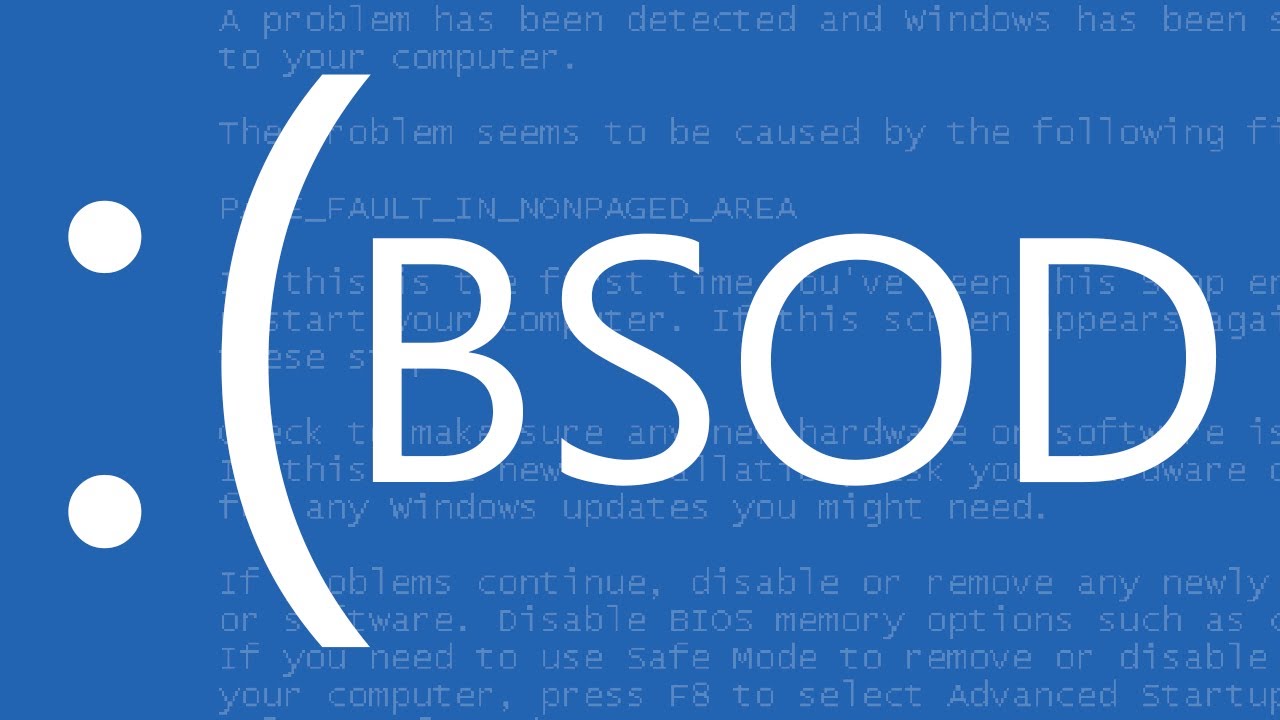Common GPU Problems and How to Solve Them
A Graphics Processing Unit (GPU) is one of the most vital components in any modern PC—especially if you’re gaming, editing videos, rendering 3D models, or using AI-based applications. While today’s GPUs are powerful and sophisticated, they’re not immune to problems. Whether you’re using an NVIDIA, AMD, or Intel graphics card, chances are you’ve encountered issues ranging from driver crashes to overheating or display glitches.
This guide dives deep into the most common GPU-related problems, why they happen, and how you can fix them—without needing to be a tech expert.
1. Screen Artifacts and Graphical Glitches
Symptoms:
-
Flickering textures
-
Random pixels (artifacting)
-
Screen tearing
-
Strange colors or lines during gaming or heavy rendering
Causes:
-
Overheating
-
Overclocking instability
-
Driver corruption
-
VRAM issues
Solutions:
-
Reduce GPU load: If you’re overclocking, return to stock speeds.
-
Improve cooling: Clean out dust, replace thermal paste if needed, and ensure case airflow.
-
Update or roll back drivers: Corrupted or unstable drivers can cause visual glitches. Use DDU (Display Driver Uninstaller) to fully remove old drivers before reinstalling the latest stable version.
-
Check GPU temperature: Tools like MSI Afterburner or HWMonitor can help you monitor GPU temps. If it’s consistently over 85–90°C, it’s likely a cooling problem.
2. Driver Crashes and Black Screens
Symptoms:
-
“Display driver stopped responding and has recovered” message
-
Sudden black screens
-
System freezes during gaming
Causes:
-
Outdated or faulty GPU drivers
-
Incompatible software updates
-
Overheating or unstable hardware
-
Insufficient power supply
Solutions:
-
Update GPU drivers using official software (NVIDIA GeForce Experience or AMD Adrenalin).
-
Roll back drivers if the issue started after an update.
-
Disable Fast Startup in Windows, which can sometimes interfere with GPU initialization.
-
Run a clean boot to rule out background apps causing driver issues.
-
Ensure power supply adequacy: Your GPU might not be getting enough power—especially if you’ve recently upgraded components.
3. Low FPS or Performance Drops
Symptoms:
-
Choppy gameplay
-
Sudden FPS drops in games that used to run smoothly
-
GPU usage not going above 50–60% during demanding tasks
Causes:
-
Thermal throttling
-
Power-saving settings
-
Background processes
-
Bottleneck from CPU or RAM
Solutions:
-
Monitor usage and temps: Use Task Manager or MSI Afterburner to see if GPU is underperforming or overheating.
-
Set power mode to “High Performance” in Windows settings.
-
Disable background tasks like OneDrive syncing, antivirus scans, or unnecessary startup programs.
-
Update your chipset drivers and BIOS: Sometimes, poor performance is linked to outdated motherboard firmware or drivers.
-
Check for bottlenecks: A weak CPU or insufficient RAM can limit GPU performance. Make sure all components are balanced for your workload.
4. No Display Output
Symptoms:
-
Blank screen after boot
-
Monitor says “No Signal”
-
System appears to start but nothing shows
Causes:
-
Improper GPU seating
-
Faulty cable or monitor
-
BIOS/UEFI settings
-
Dead GPU
Solutions:
-
Reseat the GPU: Power off your PC and carefully remove and reinsert the graphics card.
-
Try a different video port: Switch from HDMI to DisplayPort or vice versa.
-
Reset BIOS/UEFI settings: Use the CMOS jumper or battery removal method.
-
Test with onboard graphics: If your CPU supports it, plug the monitor into the motherboard. If it works, your discrete GPU might be failing.
-
Try another GPU or system to confirm the graphics card isn’t dead.
5. Fan Not Spinning or Always Spinning at 100%
Symptoms:
-
GPU fans don’t spin at all, even under load
-
GPU fans spin loudly at full speed constantly
Causes:
-
Zero RPM feature (on purpose)
-
Fan curve misconfiguration
-
BIOS or firmware bug
-
Hardware damage
Solutions:
-
Check if the card uses “Zero RPM mode” (like many newer GPUs) that keep fans off until the card reaches a certain temperature.
-
Configure a proper fan curve using tools like MSI Afterburner.
-
Flash or update your GPU’s BIOS if the problem started after a firmware update or isn’t software-related.
-
Replace faulty fans: If a fan physically won’t spin even with manual power, it may need replacing.
6. Overheating and Thermal Throttling
Symptoms:
-
GPU reaching over 90°C
-
System shutdowns under load
-
Loud fans with poor performance
Causes:
-
Poor case ventilation
-
Dust buildup
-
Old or insufficient thermal paste
-
Overclocking
Solutions:
-
Clean the GPU and case with compressed air.
-
Reapply thermal paste if the card is old and has never been serviced.
-
Improve case airflow: Add intake and exhaust fans. Remove cable clutter.
-
Undervolt the GPU to reduce heat while maintaining performance.
7. Game Crashes or Freezes Only with GPU-Intensive Titles
Symptoms:
-
PC freezes or crashes during gaming only
-
Some games work fine, others crash immediately
Causes:
-
Incompatible graphics settings
-
Driver conflicts
-
Insufficient VRAM
-
Faulty RAM
Solutions:
-
Lower in-game graphics settings, especially texture resolution.
-
Ensure your drivers and Windows are up to date.
-
Run memory diagnostics to check if faulty RAM is causing system instability.
-
Verify game files using platforms like Steam or Epic.
8. Coil Whine or Strange Noises
Symptoms:
-
High-pitched buzzing or whining from GPU during load
-
Happens mostly in menus or loading screens with high FPS
Causes:
-
Electrical resonance in GPU components (harmless but annoying)
-
Poor power supply quality
Solutions:
-
Limit FPS in games or menus to reduce load-induced coil whine.
-
Enable V-Sync or frame cap to avoid excessive FPS.
-
Try a different PSU with better filtering, especially if coil whine is severe.
-
Coil whine isn’t dangerous, but if it’s unbearable, contact the manufacturer for RMA if under warranty.
9. Display Resolution or Refresh Rate Issues
Symptoms:
-
Can’t select high refresh rate
-
Display stuck at low resolution
-
Flickering screen at specific refresh rates
Causes:
-
Wrong cable type (e.g., HDMI 1.4 instead of 2.0+)
-
Outdated drivers or monitor firmware
-
Incorrect Windows or GPU settings
Solutions:
-
Use DisplayPort or modern HDMI cable for 1080p/144Hz or 4K displays.
-
Update monitor drivers, if available.
-
Check Nvidia/AMD control panel to force the correct refresh rate and resolution.
-
Ensure monitor settings (on-screen menu) are also configured correctly.
Final Thoughts
Modern GPUs are powerful but complex. With multiple drivers, firmware, operating systems, and hardware pieces working together, it’s no surprise that issues arise from time to time. The good news is that most GPU problems have practical, accessible solutions—and you don’t always need to replace your graphics card.
If your GPU issues persist after trying the above fixes, and the card is still under warranty, it’s best to contact the manufacturer for professional support or a potential replacement.
Understanding your system, keeping your software up to date, monitoring hardware temperatures, and using good quality components like power supplies and thermal paste all go a long way in ensuring GPU stability and long life.

With years of experience in technology and software, John leads our content strategy, ensuring high-quality and informative articles about Windows, system optimization, and software updates.












![7 Common Windows 10 Errors And How To Fix Them [2020] - TechDipper](https://windows12download.com/wp-content/uploads/2023/04/Windows-10-Errors-300x169.jpg)

Post Comment
You must be logged in to post a comment.